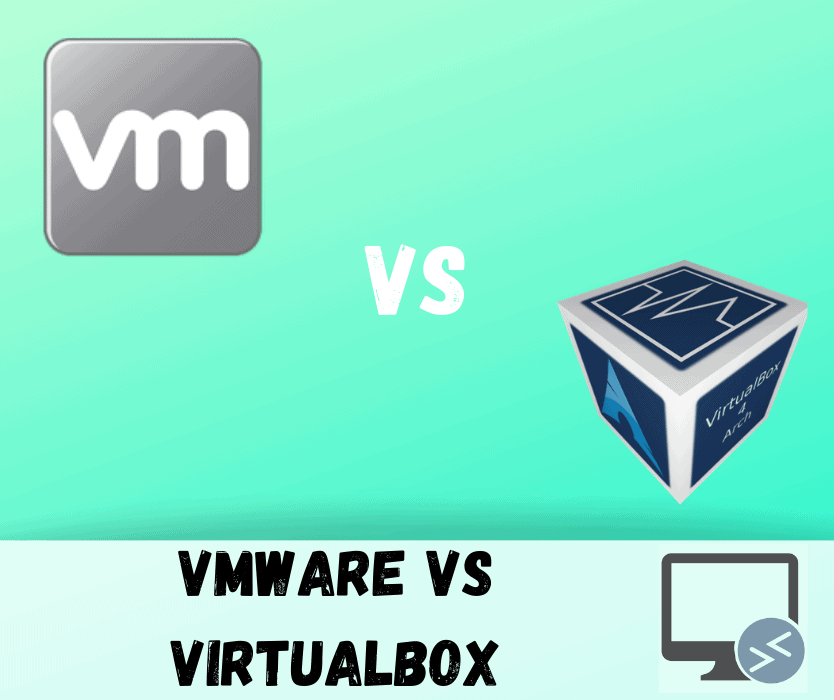
That’s perfectly normal, as it’s due to GNS3 starting the GNS3 VM up: You may see a pop up saying “Please Wait”. The next page will show a summary of the settings you chose for the GNS3 VM. On a desktop with an i7 quad-core CPU with hyperthreading and 32GB RAM, allocating the GNS3 VM 4-6 vCPUs and 16GB RAM will allow for respectable GNS3 topologies to be running, while still reserving enough resources to task switch between GNS3 and Windows (or Linux).Īfter making your allocation choices, click 'Next': The below example uses a minimal resource allocation, as it’s being run on a laptop. A good rule of thumb is to assign it half the total amount of available vCPU cores and physical RAM available in your PC. You can adjust the settings later using the GNS3 GUI.

However, if you want to run large topologies with many devices, more CPU cores and RAM are recommended. GNS3 recommends a minimum of 1 vCPU core and 2GB RAM. You’ll need to refer to the relevant documentation of the antivirus suite you run, in order to perform this step.
Create exception/whitelist entries in your antivirus suite for the gns3server, ubridge, and dynamips executables (or just the entire GNS3 installation directory, if possible). Confirm the path to the gns3server.exe file is correct, and try a different address/port for the host binding. If this connection attempt was unsuccessful for any reason, there possible remedies are to: Click 'Next'.Ī connection validation screen will appear: Selecting the 127.0.0.1 local loopback address tends to be the most trouble-free option to use as a host binding, but the dropdown menu does contain additional options. For a Local Server (Dynamips) configuration click here.Įven though you’ll be using the GNS3-VM to perform the “heavy lifting” of running your VMs/images/containers, it’s still necessary to configure the local server settings in GNS3 before proceeding with the remaining process of configuring the GNS3-VM.Įnsure that the path to the gns3server executable is correct (typically C:\Program Files\GNS3 in a default installation), and select a Host binding and Port. This guide explains the Local GNS3 VM server configuration. Configure GNS3 to use an additional remote server. 
How to use applications with the GNS3 Web interface.Install an appliance from the GNS3 Marketplace.






 0 kommentar(er)
0 kommentar(er)
